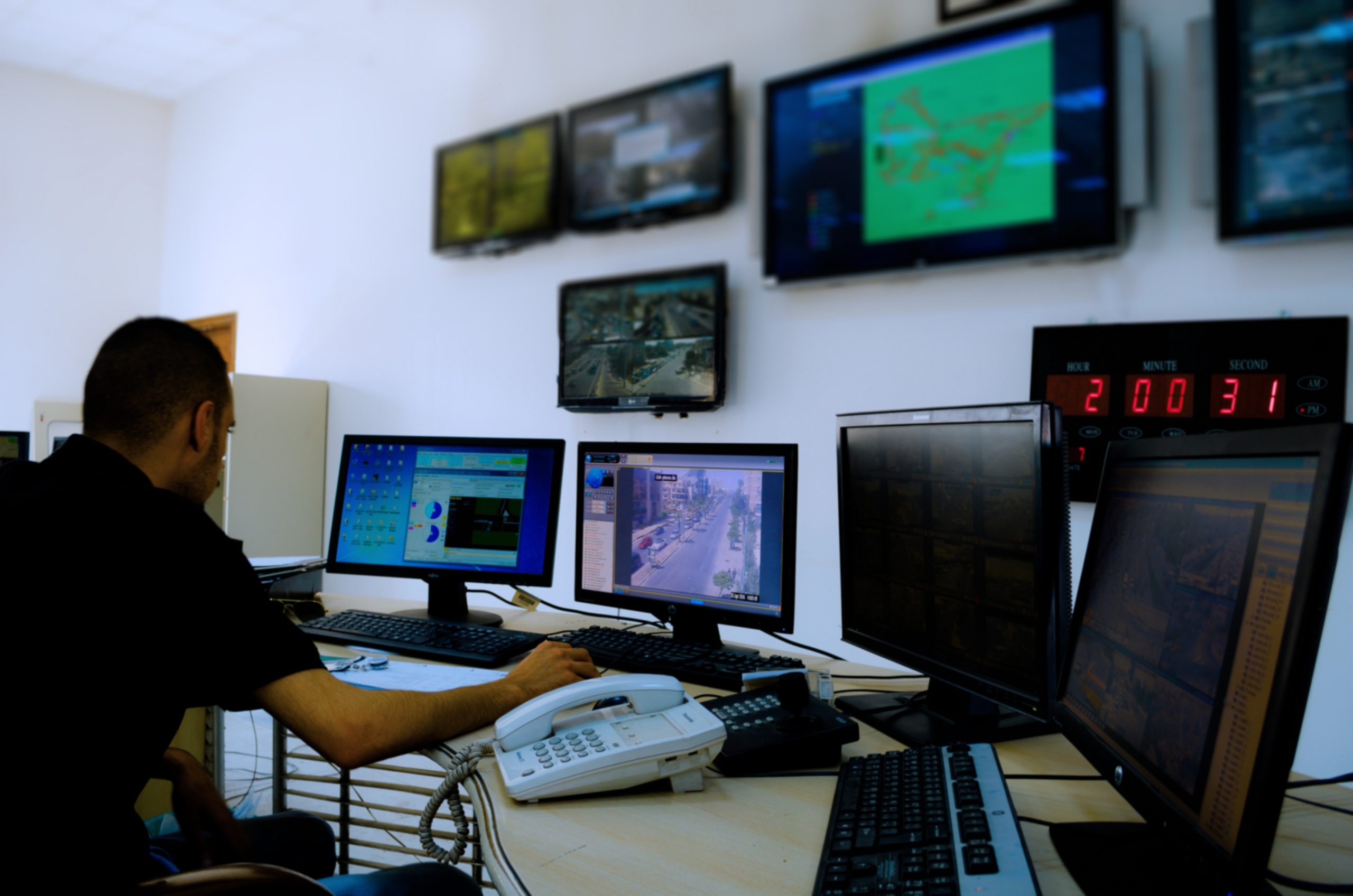
Traffic Signals & Urban Traffic Control Systems
Traffic Tech specializes in traffic signal analysis, design, and installation, as well as intersection design and urban traffic control systems. Our engineering experts deliver cutting-edge solutions using advanced traffic signal controllers to optimize road intersections through actuated and adaptive operations. Additionally, loop detectors and video detection systems enhance signal efficiency, ensuring safe and smooth traffic flow.
Advanced Traffic Control Solutions
With extensive expertise in traffic management, our team leverages the latest technologies to optimize traffic flow across multiple junctions. Our intelligent control systems dynamically adjust signal timings in real-time, adapting to changing traffic patterns to reduce congestion and enhance mobility.
Sydney Coordinated Adaptive Traffic System (SCATS®)
Traffic Tech utilizes the Sydney Coordinated Adaptive Traffic System (SCATS®), a state-of-the-art urban traffic management system that integrates multiple traffic signal controllers. SCATS® is designed to minimize travel time, reduce fuel consumption, and improve overall road efficiency.
Originally developed in Australia by Roads & Maritime Services (RMS), SCATS® has been extensively tested under real-world traffic conditions, making it one of the most reliable and widely used adaptive traffic control systems worldwide.
Key Features and Benefits of SCATS®
service related FAQ’s
SCATS® includes a fail-safe mechanism with a hierarchical fallback system. In case of temporary communication failures, traffic signals will continue operating based on predefined settings until communication is restored, ensuring continuous and safe traffic flow.
Yes, SCATS® is designed with a scalable and modular architecture, allowing seamless integration with other traffic control applications, surveillance systems, and urban planning tools for a fully coordinated traffic management approach.
SCATS® optimizes traffic flow by dynamically adjusting signal timings based on real-time traffic conditions. This reduces congestion, minimizes stops, shortens travel times, and lowers fuel consumption, making urban mobility more efficient.

